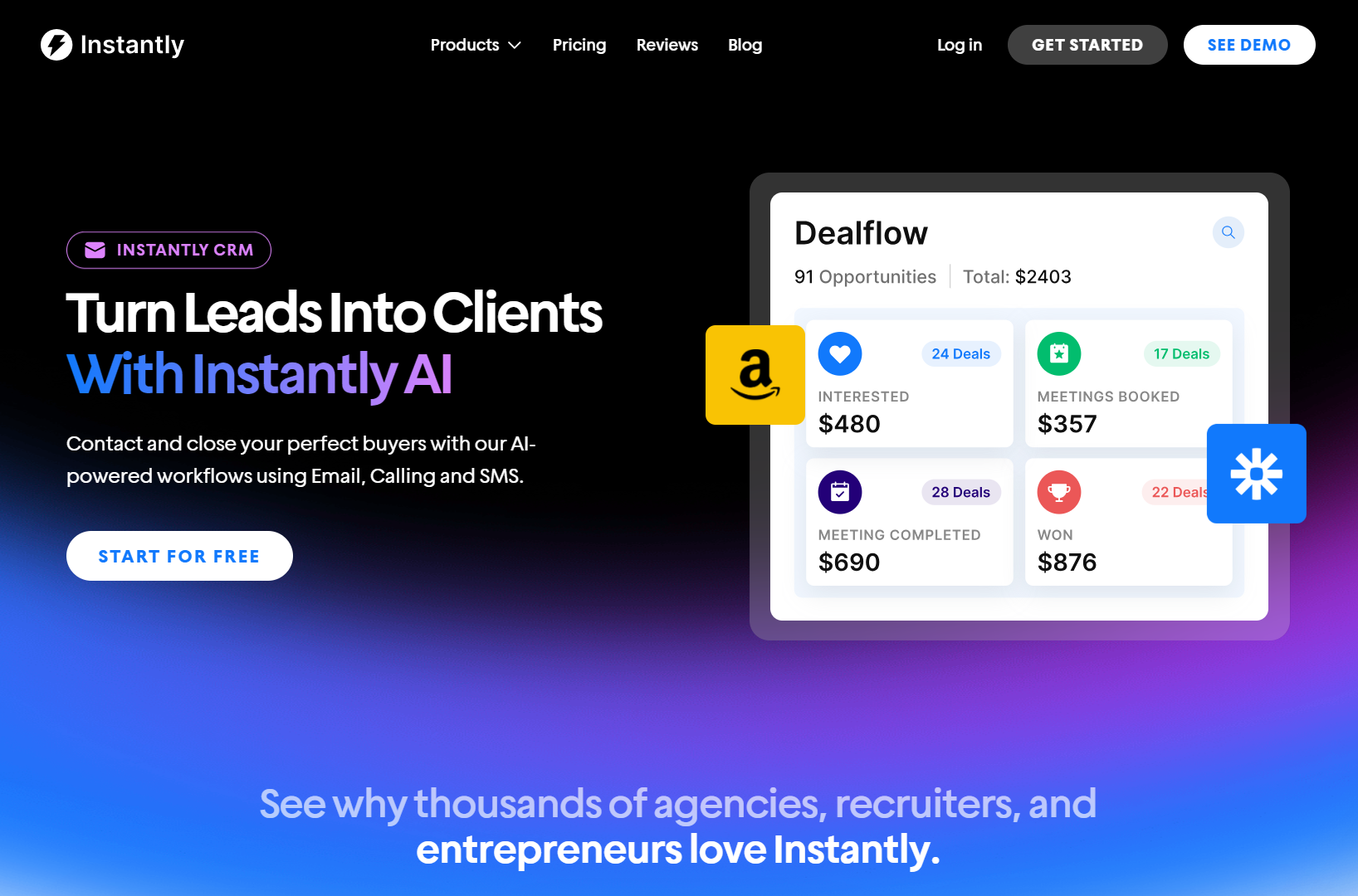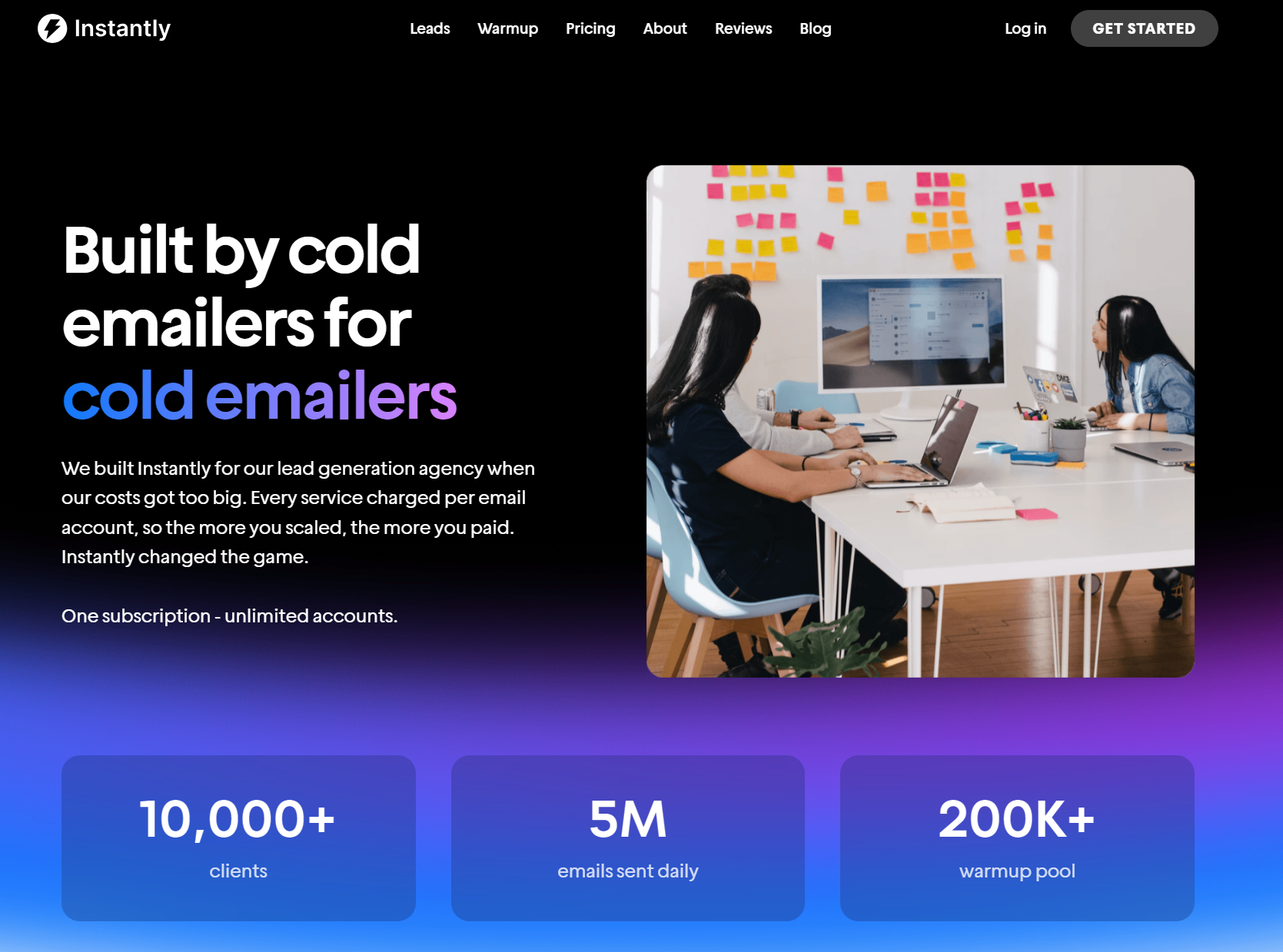Across all industries, the average email open rate sits at slightly over 21%. Less than half of recipients act on the call-to-action in those emails. A measly 3% convert to actual sales.
Why is that so? Well, truth be told, that’s a science, not a single marketer has 100% nailed down yet.
But! There are ways to optimize your emails to push that conversion rate higher than industry benchmarks. Even one or two new conversions per day could rake in exponential profits, so don’t be quick to dismiss your attempts.
In this article, we’ll lay down eight actionable tips to help you craft messages that convert.
Focus On Creating A Compelling Subject Line
While you may spend more time writing the email body, the subject line is the most important part of your email. This 60-character header (or 41 characters if you want it to be fully visible on mobile) dictates whether people read your email or file it under the junk folder.
When creating a subject line, keep it straightforward but catchy and creative. Direct it to the prospect and address their pain points. You can also integrate recent affairs into your subject lines to make them more timely and relevant.
Need inspiration? Consider these subject line formats for your next campaign:
- I found your name through {{referral name}}
- X ideas for {{pain point}}
- Struggling with {{pain point}}?
- Feeling {{emotion}}? Let us help...
- Quick question…
- Let’s 10x {{company}} growth by {{solution}}
A/Z Test Your Email Campaigns
Going off “gut feelings” won’t cut it in the hypercompetitive marketing world. If you want to make highly-converting emails, you have to look into the data and figures and use them to your advantage.
Data can reveal your campaign’s performance, and it’s important that marketers acquire plenty of it. Email marketing tools like Instantly.ai are great aggregators of email and campaign metrics like open rates, conversion rates, and reply rates.
One way to continuously improve your marketing campaigns is by A/Z testing sales emails. This process involves using two or more campaigns with different variables (like email templates, email bodies, subject lines and CTA buttons), sending them to a random batch of similar subscribers, and finding which one performs the best. A/Z testing shows what types of emails reap the highest performance metric. This can direct you to make more relevant emails and campaigns in the future.

Include Social Proof
No matter how well you angle your offering, no amount of flowery words can compare to cold, hard results. An overwhelming majority of emails are treated as spam. Your marketing email could easily be perceived as one—unless you set it apart with testimonials.
Placing social proof in your introductory and follow-up emails can put readers at ease. This is especially true if you feature positive reviews and names from big and well-known companies.
In your campaign, take the time to establish your social proof in these three categories:
- Company credibility
- Product credibility
- Personal credibility
By carefully crafting your message with these points in mind, you can improve your reply rate and get more sales closes.
Keep Your Copy Short, But Sweet
Your email body should be informative, concise, and engaging. Most readers tend to skim emails, so don’t try to throw in big words or make it difficult for them to follow. Simplicity is vital to capturing a reader’s interest.
The best approach is to get straight to the point. Your opening line should hook them in, and the subsequent sentences should be carefully picked to amplify your email’s purpose.
Writing ambiguously can be an immediate turn-off to prospects, so state your intent as close to the beginning as possible. Cut the fluff.
You should also keep emails at a conversational pace. Inject some humor and build rapport from the get-go. Loosen up and go for a lighthearted and casual approach, people generally like that.
Track Your Metrics and Adjust
As a marketer, your workdays are heavily intertwined with numbers and metrics. These figures are valuable data points, providing quantifiable insights into your campaign’s overall performance.
Email service providers don’t offer actionable metrics, but plenty of SaaS tools like Instantly do. Extensions like Streak also work, but they’re limited in scope.
Build email campaigns with these tools to track KPIs like open rate and conversion rate. If your campaigns don’t hit industry standards (check these email statistics for more info on the subject), then it may be a sign to adjust your approach.
Perfect Your CTA
Every email in your campaign should serve an underlying purpose—a call to action (CTA). The CTA invites the reader to respond, whether by clicking a link, setting an appointment, or replying to a question.
Your email list isn’t a congregation of mind readers. They may read your email, but they won’t always know what to do next if you don't make your intent obvious. Construct a clear and direct CTA to guide them on what to make of your email.
Personalize Your Emails
One of the trendiest email marketing strategies is personalization, and for good reason. It helps your email stand out in your recipient’s flooded inbox.
A personalized touch is most effective when placed in the subject line and opening line before your lead clicks on your email.
You can personalize emails in one of two ways:
- AI Generation: You can use AI generating tools to create subject lines, then use Instantly to bulk send them. Simply add the personalization tag to the personalization column in your lead list, fill in each lead, and load your spreadsheet to the software. Instantly will detect the tag once you add it to your body copy and personalize for you.
- Manual personalization: You can also research your lead and craft relevant subject lines based on your findings. This takes more time, but has a high conversion potential.
Iterate and test your campaigns to see which method is the most valuable, balancing your time and conversion rates.

Consider Email Timing
Timing matters when sending an email. At certain times, some recipients may be asleep or overloaded with work, leaving your message unread.
Here are some of the best times to send emails:
- During the mid-week, particularly Tuesday, Wednesday, and Thursday.
- During morning work hours from 9 to 11 AM.
The worst times to send are on Fridays and the weekends. Mondays are also bad because that’s when people focus on work-related duties.
That said, these suggestions aren’t set on stone. Test different times and use data to uncover your respondent’s receiving preferences.
Key Takeaways
Email marketing can be a tough business. However, with patience, perseverance, and the right strategies, you can be a cut above the rest and land that elusive deal.
If you need an all-in-one email marketing and lead-generating tool, Instantly’s got your back. From a built-in lead finder and warmup tools to AI-driven analytics, this tool has everything you need to succeed in your sales email marketing efforts. Sign up today.




